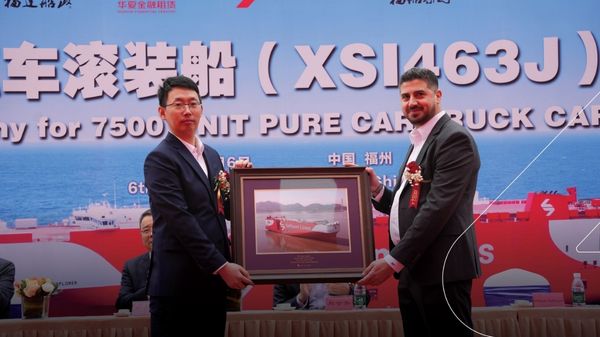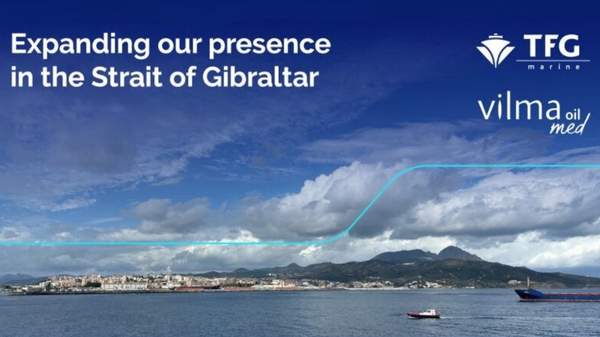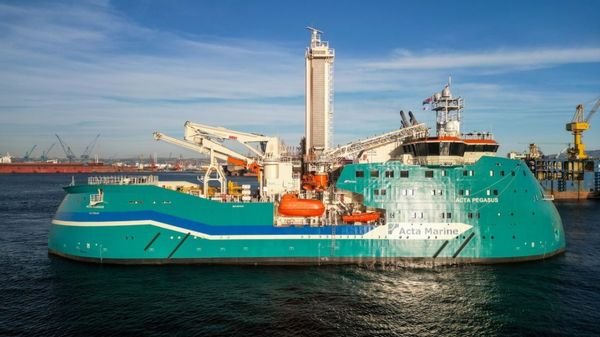
| Year | Net Profit ($m) | Revenue ($m) | Sales Volume (MMT) | |
| 2015 | 24.0 | 1,602 | 4.2 | |
| 2016 | -26.0 | 1,159 | 3.9 | |
| 2017 | 6.8 | 1,407 | 3.5 | |
| 2018 | 4.9 | 2,073 | 4.1 | |
| 2019 | 26.5 | 2,191 | 4.5 |
| Ranking | Port | Country |
| 1 | Balboa | Panama |
| 2 | Lomé | Togo |
| 3 | Singapore | Singapore |
| 4 | Cristobal | Panama |
| 5 | Fujairah | UAE |
| 6 | Jebel Ali | UAE |
| 7 | Port Gentil | Gabon |
| 8 | Portland | UK |
| 9 | Pointe-Noire | Republic of Congo |
| 10 | Takoradi | Ghana |

|
BV Malaysia partners with Straits Bio-LNG on sustainable biomethane certification
MoU aims to establish ISCC EU-certified biomethane production and liquefaction facility in strategic alliance. |
|
|
|
||

|
Molgas becomes non-clearing member at European Energy Exchange
Spanish energy company joins EEX as it expands European operations and strengthens shipper role. |
|
|
|
||

|
Diamandopoulos appointed CEO of Elinoil as Aligizakis becomes chairman
Greek marine lube supplier announces leadership changes following board meeting on 5 January. |
|
|
|
||

|
Bureau Veritas to host webinar on sustainable marine fuel transition challenges
Classification society to address regulatory compliance, market trends, and investment strategies in February online event. |
|
|
|
||

|
Inchcape to provide bunkering services from new Indonesian offices
Port agency establishes presence in key bulk and tanker operation hubs handling 150 calls annually. |
|
|
|
||

|
Chimbusco Pan Nation launches B100 biodiesel supply in Hong Kong
Bunker tanker Guo Si becomes Hong Kong's first Type II certified vessel for pure biodiesel operations. |
|
|
|
||

|
Van Oord completes Dutch beach replenishment using 100% bio-LNG
Dredger Vox Apolonia deposited 1 million cbm of sand at Noord-Beveland beach under Coastline Care programme. |
|
|
|
||

|
Sallaum Lines takes delivery of LNG-fuelled car carrier MV Ocean Explorer
The 200-metre vessel was built by Fujian Mawei Shipbuilding with dual-fuel propulsion systems. |
|
|
|
||

|
Vilma Oil Med expands Ceuta bunkering operations with biofuel capability
TFG Marine subsidiary increases storage to 120,000 cbm and adds IMO II chemical tanker. |
|
|
|
||

|
Acta Marine takes delivery of methanol-ready offshore wind vessel Acta Pegasus
Vessel features dual-fuel engines and battery storage for French offshore wind operations. |
|
|
|
||
| Monjasa completes first ship-to-ship VLSFO supply [News & Insights] |
| Monjasa seals US financing deal with JP Morgan [News & Insights] |
| Monjasa acquires five tankers ahead of IMO 2020 [News & Insights] |